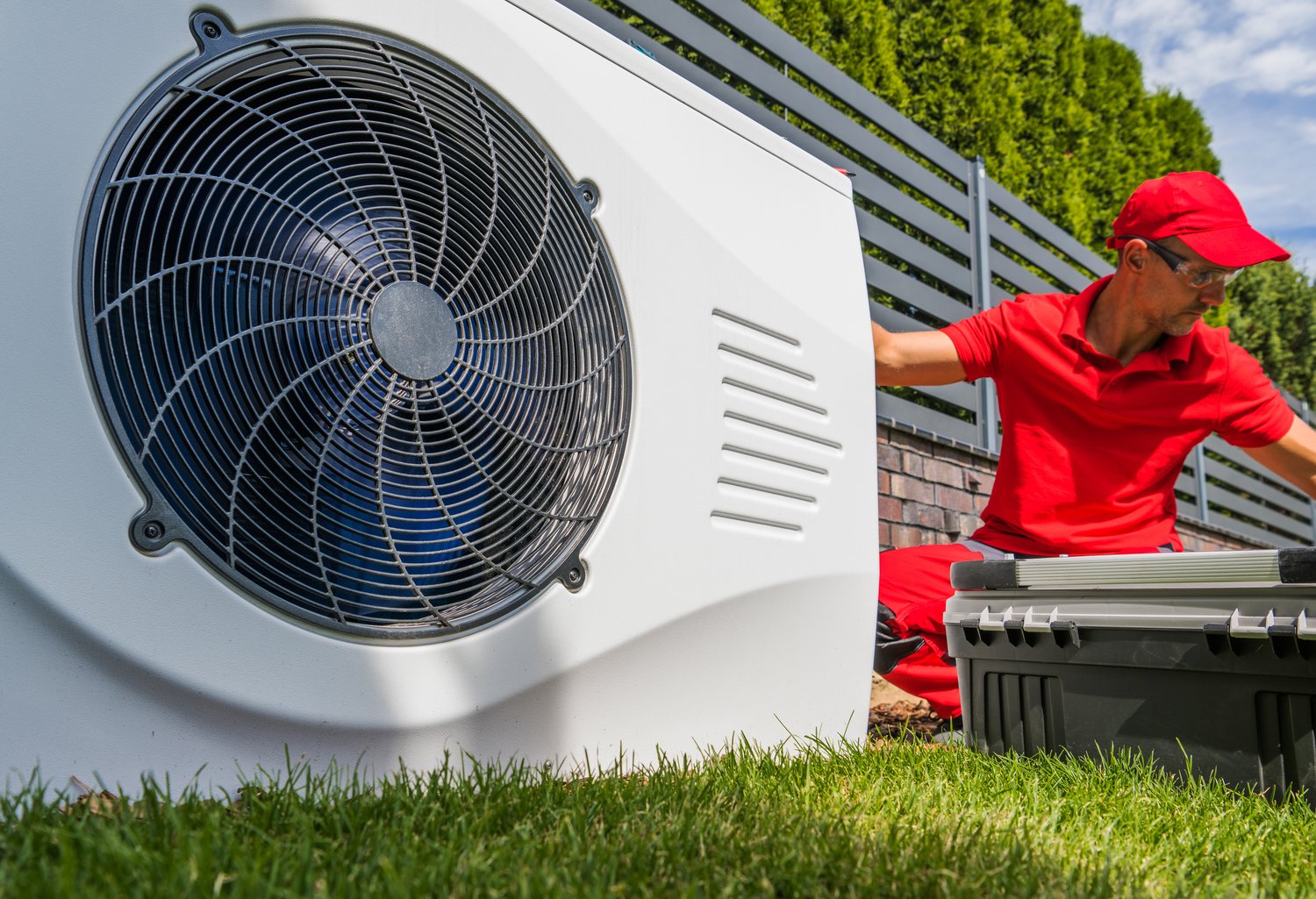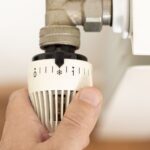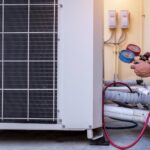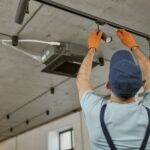As temperatures drop and cozy indoor warmth becomes a daily need, a malfunctioning heat pump is the last thing anyone wants to face. Ensuring that your heat pump runs smoothly can save you from discomfort and costly repairs. In this guide, we’ll dive into effective troubleshooting techniques to help you maintain your system’s efficiency and extend its lifespan.
- Understanding the System: Grasp the basic components and their functions to lay the groundwork for effective problem-solving.
- Spotting Common Concerns: Learn to recognize typical issues such as strange noises, insufficient heating, or cycling troubles, and what they mean.
- Effective Solutions: Get practical advice on diagnosing and addressing common heat pump problems to keep your home comfortable.
By the end of this article, you’ll have the knowledge and confidence to tackle most heat pump problems, preventing them from escalating into more significant issues. Let’s ensure your system keeps performing at its best through practical, timely solutions.
Understanding Your System: A Comprehensive Common Heat Pump Troubleshooting Guide
Before diving into troubleshooting, it’s crucial to understand the key components and functions of your heat pump system. Heat pumps are efficient devices that transfer heat from one place to another, providing both heating and cooling solutions for your home. Familiarizing yourself with these elements ensures a solid foundation for effectively diagnosing and solving any issues.
A typical heat pump system consists of the following main components:
- Compressor: Responsible for circulating the refrigerant under pressure, facilitating the heat exchange process.
- Condenser Coil: Releases or absorbs heat, depending on the mode (heating or cooling) that the system is set to.
- Evaporator Coil: Works with the condenser to exchange heat and contribute to the overall climate control in your home.
- Refrigerant: A fluid substance that cycles through the system, transferring heat from the outside to the inside and vice versa.
- Expansion Valve: Regulates the flow of refrigerant between the evaporator and condenser coils.
Understanding these components and their roles helps in identifying where problems might originate, allowing for targeted heat pump troubleshooting. Regular maintenance of these parts can prevent many common issues, ensuring your system runs smoothly and efficiently.
Identifying Common Heat Pump Problems
When it comes to heat pump systems, identifying issues early can save you from potential inconvenience and costly repairs. Several problems might arise that can impact the efficiency and performance of your system.
One common issue is inadequate heating. This may result from low refrigerant levels, a malfunctioning thermostat, or blockages in the airflow. Pay close attention to the warmth emitted from your system and note any irregularities.
Strange noises from the unit could indicate loose components, mechanical issues, or debris lodged in the system. Listen for unusual sounds such as rattling, buzzing, or grinding.
Cycling problems, where the system turns on and off too frequently, can be a sign of a faulty thermostat or an overworked compressor. This not only wastes energy but also strains your system.
Recognizing these common problems and understanding their symptoms is the first step towards efficient heat pump troubleshooting. By remaining vigilant, you can maintain a comfortable and energy-efficient home environment.
Common Heat Pump Troubleshooting Guide: Practical Solutions and Tips
Ensuring your heat pump runs smoothly throughout the seasons involves a bit of DIY knowledge and proactive maintenance. By being aware of some practical troubleshooting solutions, you can quickly address issues before they elevate into larger problems.
One common issue is inadequate heating or cooling. First, check your thermostat settings to ensure they are correctly adjusted and responsive to household needs. If your settings aren’t the problem, clean or replace the air filters, as clogged filters often restrict airflow, reducing efficiency and effectiveness.
Another frequent concern is strange noises coming from the unit. These may indicate loose parts or a failing compressor. Secure any visibly loose components and inspect the fan blades for damage. If the noise persists, it might be time to call a professional technician.
Sometimes your heat pump may experience cycling issues, where it turns on and off too frequently. This can be caused by an oversized or undersized unit. Ensure your unit size matches your home’s heating requirements. Additionally, inspect the condenser coils for dirt or grime buildup and clean them to prevent any obstruction in heat absorption.
Furthermore, if you notice an increase in your energy bills, monitor for leaks or poor insulation around the home. Ensuring your system is sealed and your home is well-insulated can maximize the efficiency of your heat pump.
For persistent problems, turning to a qualified HVAC professional is recommended. They can provide a full inspection and repair potential underlying issues that DIY methods cannot resolve.
By following these tips and solutions, you ensure that your heat pump operates optimally, offering both comfort and energy efficiency in every season.
Heat Pump Troubleshooting FAQs
What should I do if my heat pump is not heating properly?
Answer: Check the thermostat settings, ensure the air filter is clean, and verify that the outdoor unit is not obstructed.
Why is my heat pump making unusual noises?
Answer: Inspect for loose parts or debris in the system, and ensure the fan blades and panels are tight and secure.
How can I reset my heat pump system?
Answer: Turn off the power from the circuit breaker, wait a few minutes, and then turn it back on.
What causes my heat pump to cycle on and off frequently?
Answer: This could be due to a dirty filter, thermostat issues, or an improperly sized system.
How often should I perform maintenance on my heat pump?
Answer: Regular maintenance should be done at least once a year to ensure optimal performance.





